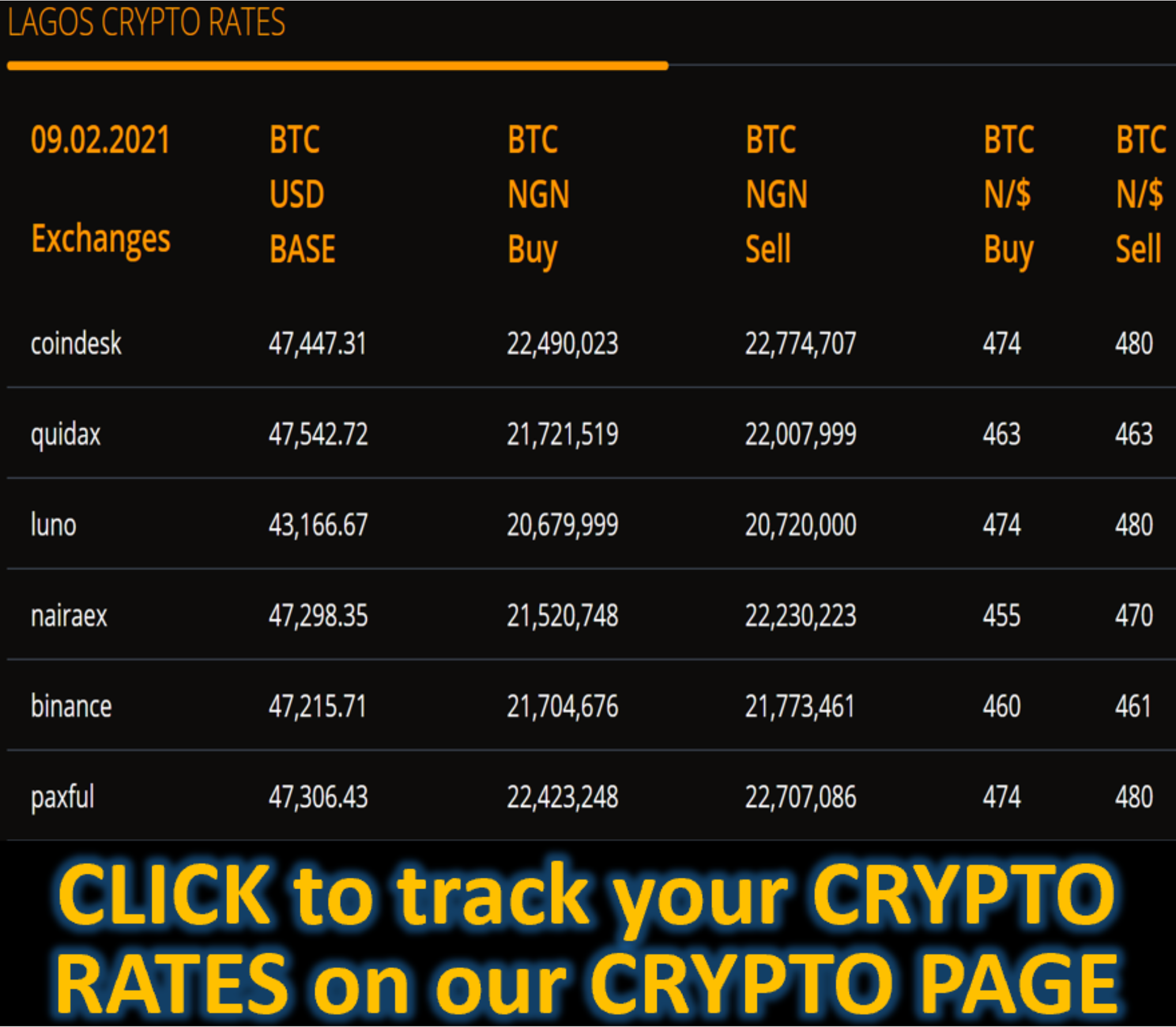Market News
Dollar Adds to Gains as Trump Stokes Trade Jitters Once More - BLOOMBERG
(Bloomberg) -- The dollar rallied once again on Monday as investors started the week with yet another trade tariff threat from US President Donald Trump.
The yen and the Canadian dollar were the main losers against the greenback as traders prepared for a potential 25% tariff on the US imports on steel and aluminum. The Japanese currency fell as much 0.8%, helping to push the Bloomberg Dollar Spot Index to its highest in nearly a week.
Investors have been piling into the dollar since late last year, concerned about the potential inflationary effect of US trade tariffs and how that might influence the Federal Reserve’s policy. Traders pared bets on further interest-rate cuts late last week after US jobs data showed a slow down in the labor market.
“The heightened risk of wider disruption to global trade from further tariff hikes is a supportive development for the US dollar,” MUFG FX strategist Lee Hardman said.
A gauge of the dollar climbed as much as 0.3%, extending a similar move on Friday after Trump signaled that he would announce reciprocal levies on trading partners, without specifying the details. The world’s reserve currency has surged around 7% from its September low.
Wall Street banks argue that the dollar’s strength has room to run even as traders mull the outcome of Trump’s on-again, off-again tariff threats. Goldman Sachs Group Inc. is expecting the greenback to break parity against the euro, while JPMorgan Chase & Co. predicts the greenback may buy around 1.50 Canadian dollars for the first time in a generation.
While speculative traders trimmed bullish dollar bets in the week ended Tuesday, the derivatives market remained heavily long on the US currency with about $31.2 billion in wagers, according to Commodity Futures Trading Commission data. At the same time, leveraged funds raised their bets against the euro and Canadian dollar in the week ended Feb. 4, the data show.
As currency volatility increases, the options market is also signaling more downside for the euro. Traders on Friday added to their bets for a weaker common currency over the next month at the fastest pace since June. Also long-term sentiment for the euro, as indicated by so-called risk reversals, is hovering near the most bearish levels since 2022.
“The Trump administration is clearly aiming to use tariffs as a negotiating tool and also as a strategic or restructuring” avenue, said Rodrigo Catril, strategist at National Australia Bank Ltd. in Sydney. “We remain in a state of influx and the dollar is doing what it should amid heightened period of uncertainty.”
--With assistance from Vassilis Karamanis and Matthew Thomas.
(Updates moves in second paragraph, positioning in sixth.)









